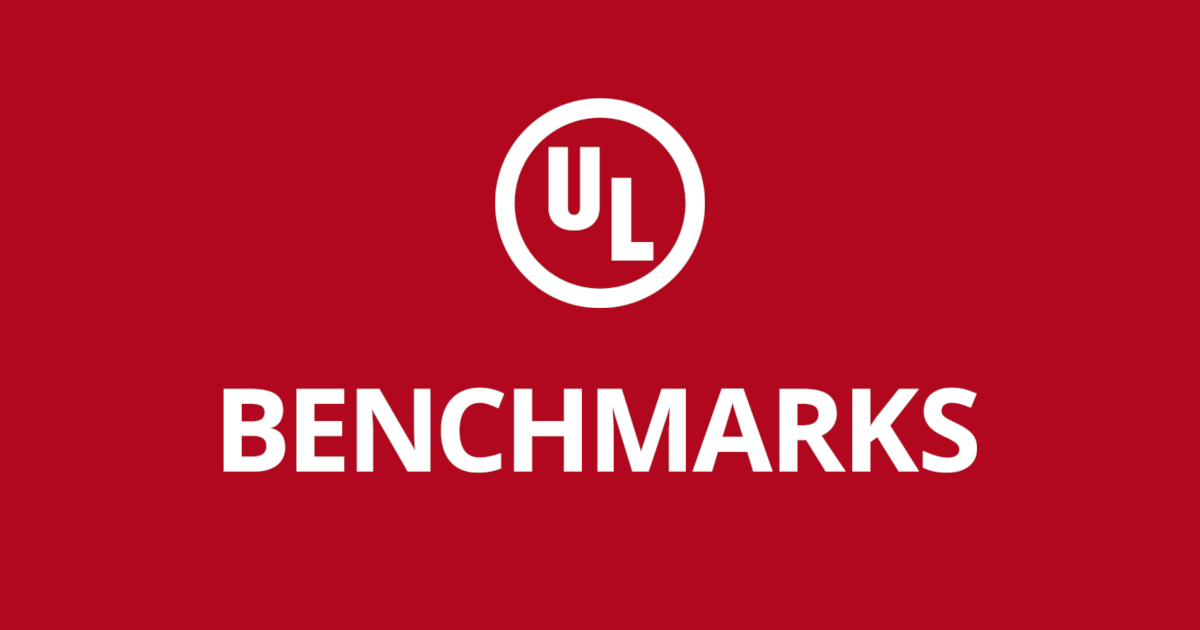Aye that's the one. Unfortunately not being worked on anymore (not sure what was left undone), though maybe someone else could finish it if basic things like division are indeed still undone.
However I find the note at the end of his first GPT-4 conversation illuminating, particularly the final sentence:
One advantage of unified memory is that you can use the CPU+AMX to do FP64 and depending on your use case that can just work and still be performant. I very much doubt that would be the case in a dGPU setup, although you never know - at least I suspect it is true a lot more often when one has an SOC with everyone sharing the same unified memory.
Really? I just checked right now and they seemed reasonable for Steel Nomad. One thing to keep in mind is that while some of the devices in review list will be overclocked, many more of the GPUs (and their paired CPUs) in the 3D Mark database will be and by higher than review units even of 3D party GPUs. If there's a big discrepancy, check the memory and core clocks of the GPU in the benchmark list against the stock configuration or the published review for Notebookcheck to see if there is a big difference. Could you give me an example of one where you found the discrepancy too much?
I assume the reviewer simply didn't upload their scores. But in general, when you compare the Vulkan and DX SN scores, the Vulkan is higher. Unclear whether that is a result of something intrinsic to the two APIs or simply UL's programming in this particular benchmark.




